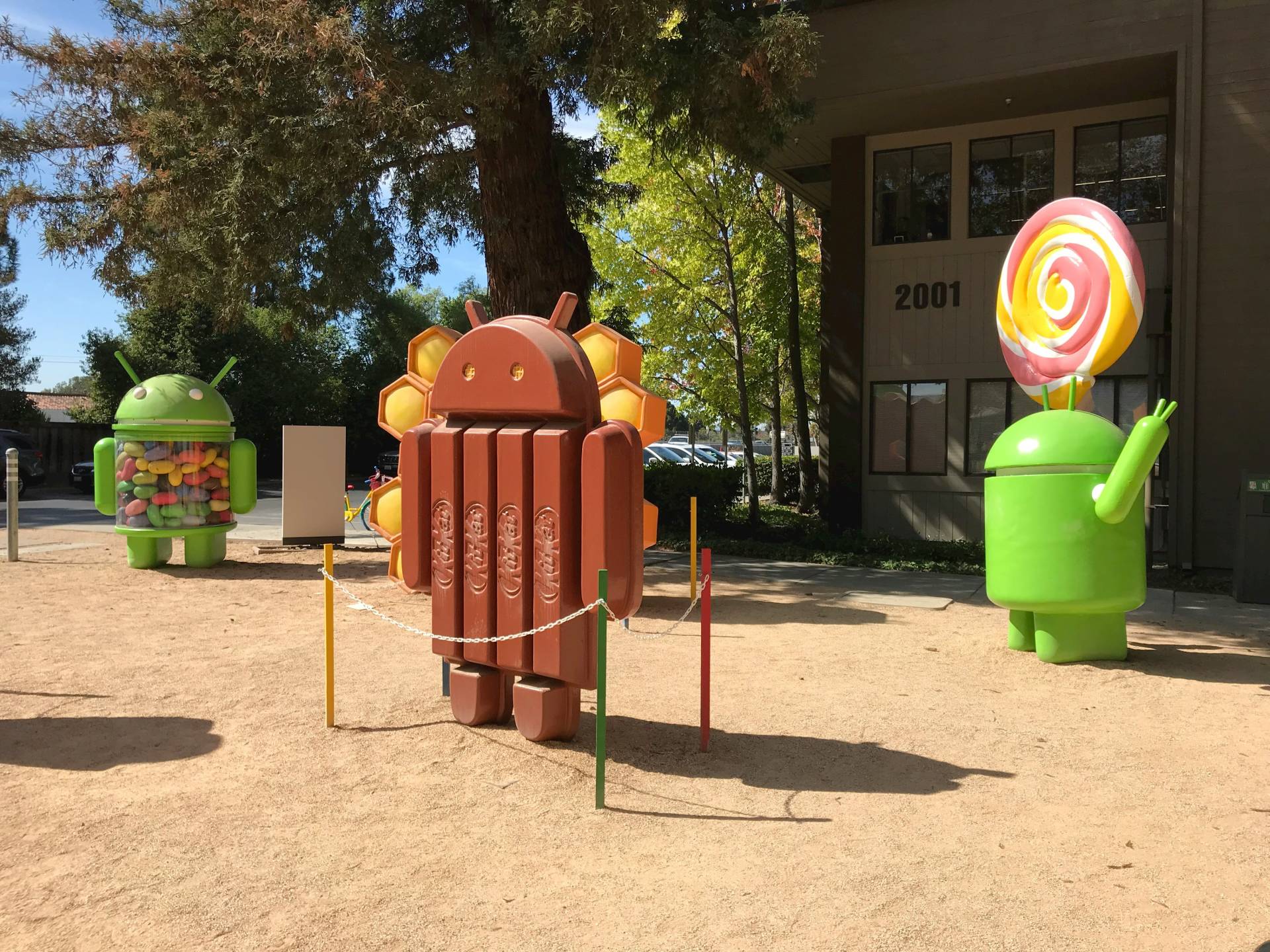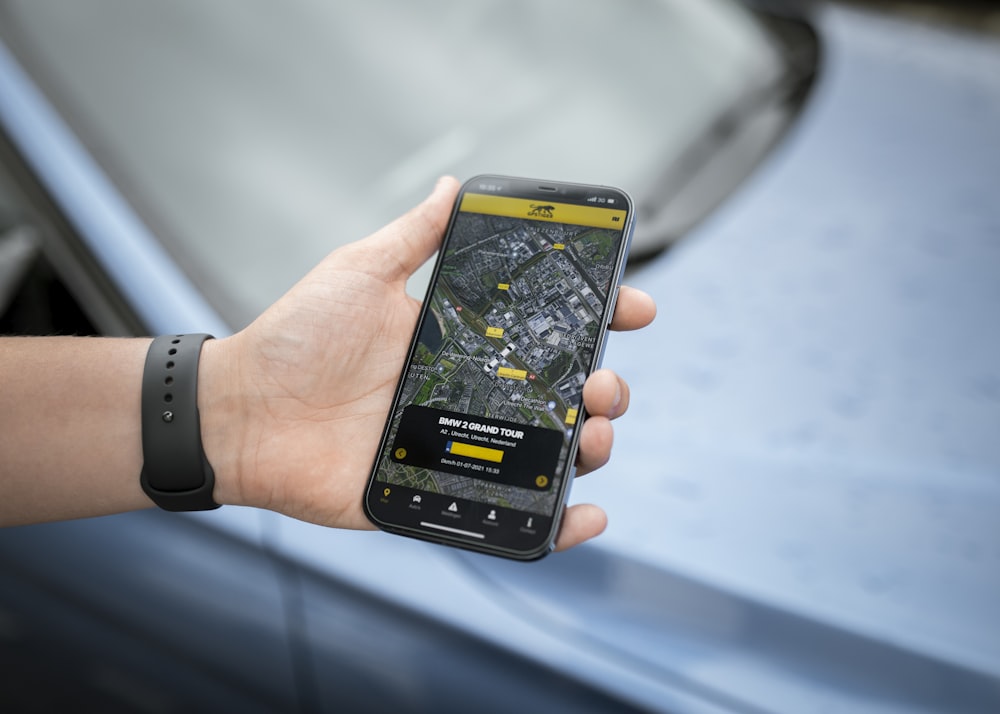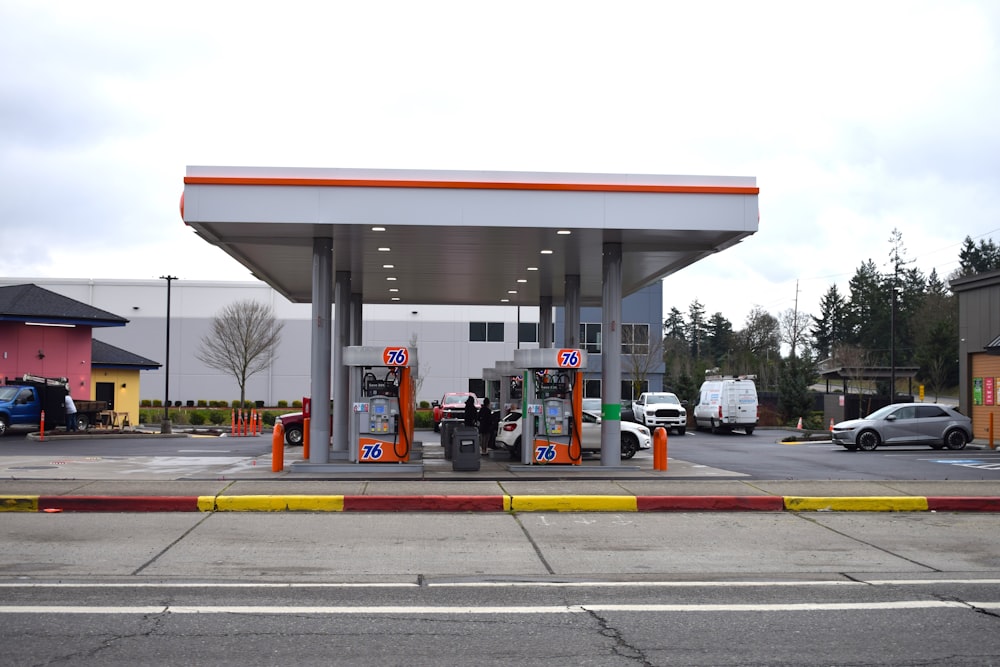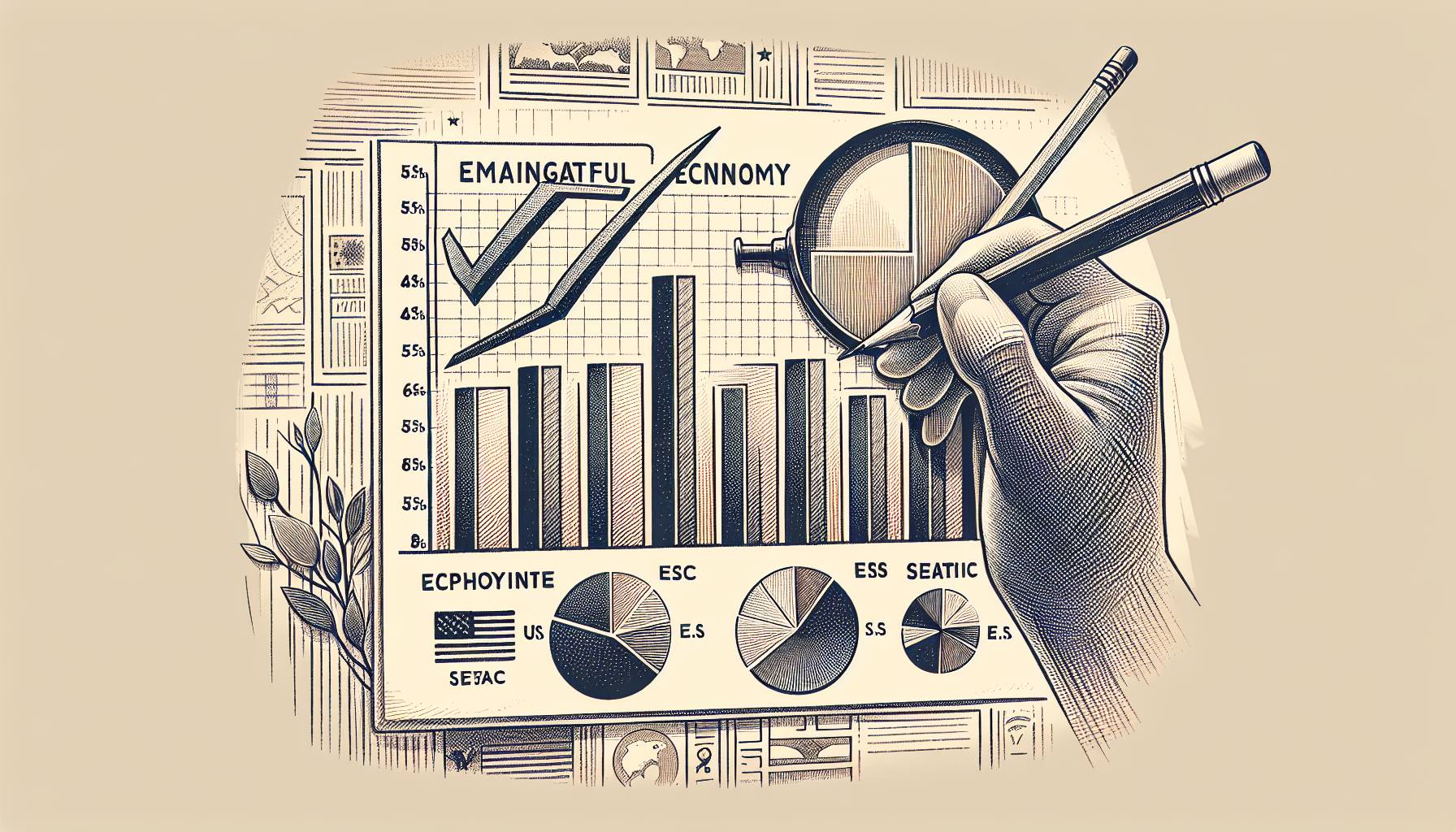Today, smartphones, especially Android, have evolved beyond the realm of mere communication devices. They have become essential tools for daily life, assisting in a variety of tasks, from the mundane to the complex. This article will delve into the world of utilities for Android phones, offering a comprehensive guide to enhance your Android experience.
Understanding Android Utilities
In the realm of Android devices, utilities play a pivotal role in enhancing user experience and device performance. Android utilities, essentially, are applications developed to streamline and optimize various aspects of your smartphone’s operations. From managing your digital life to ensuring your device runs smoothly, these utilities cover a wide range of functionalities.
Data Management Tools: One of the primary categories of Android utilities involves data management. These tools help you monitor and control how your data is used and stored. For example, data backup apps ensure your important files and photos are safely stored in the cloud or a secure location, while data usage apps help you keep track of your mobile data consumption to avoid overages.
Password Managers: In today’s digital age, security is paramount. Password managers are crucial utilities that store and manage your passwords in a secure vault. They not only help in creating strong, unique passwords for different accounts but also facilitate easy and secure access to your online information, significantly reducing the risk of cyber threats.
File Explorers: File explorers are another essential utility, offering a detailed view of the files and folders stored on your device. They allow for efficient file management, including moving, deleting, and organizing files, which helps in maintaining a clutter-free and organized device.
Two-Factor Authenticators: Security utilities extend beyond password management. Two-factor authentication apps provide an additional layer of security for your online accounts. By generating time-sensitive codes or prompts on your phone, they ensure that only you can access your accounts, even if someone else knows your password.
Wi-Fi Analyzers: For those constantly on the move or managing their home networks, Wi-Fi analyzers are invaluable. These utilities scan for available networks, assess signal strength, and help identify connection issues. They are instrumental in optimizing your device’s internet connectivity and ensuring you’re always connected to the best possible network.
Each of these utilities addresses different needs, from security and data management to connectivity and file organization. By understanding and utilizing these tools, you can significantly enhance the performance, security, and usability of your Android device. As we move forward, we’ll delve deeper into each utility type, exploring their benefits and highlighting some of the best options available in 2024.
Two-Factor Authentication Apps
In the digital age, safeguarding personal information and digital accounts is paramount, and Two-Factor Authentication (2FA) apps have emerged as essential tools in enhancing cybersecurity. Among the plethora of available security applications, 2FA apps like 2FAS and LastPass Authenticator stand out for their robust security features and user-friendly interfaces. These applications add an indispensable layer of protection, ensuring that accessing your accounts requires more than just the traditional username and password.
Two-Factor Authentication: A Necessity in Digital Security
Two-Factor Authentication operates on a simple yet effective principle: it combines something you know (your password) with something you have (a one-time code generated by the app). This method significantly reduces the likelihood of unauthorized access, as the chance of a hacker simultaneously possessing your password and your device is highly improbable.
Deep Dive into 2FAS App
The 2FAS app exemplifies the functionality and security that 2FA applications should provide. It generates time-limited codes used in the login process, adding a dynamic component to the static nature of passwords. This means that even if your password is compromised, the additional code, which changes every 30 seconds, acts as a robust barrier against unauthorized access. Furthermore, 2FAS enhances user convenience by allowing the organization of these codes based on the website or service they secure, streamlining the authentication process. The app also emphasizes security in data backup, encrypting backup files to protect your codes from external threats.
LastPass Authenticator: Beyond Password Management
LastPass Authenticator extends the functionality of traditional 2FA apps by integrating seamlessly with LastPass’s password management ecosystem. While it provides the same time-sensitive, secure codes as other 2FA apps, its integration with LastPass’s password vault offers a comprehensive security solution. Users can manage their passwords and 2FA codes within the same platform, simplifying the login process without compromising security. The pro version of LastPass Authenticator introduces features like password syncing across devices, further enhancing convenience and efficiency for users who navigate multiple devices and platforms.
In conclusion, Two-Factor Authentication apps are not just an additional step in the login process; they are a crucial component of modern digital security. By employing apps like 2FAS and LastPass Authenticator, users can significantly bolster the security of their online accounts. These apps ensure that even if a password falls into the wrong hands, the additional layer of security provided by 2FA can prevent unauthorized access. In today’s cyber environment, where data breaches and hacking attempts are increasingly common, adopting 2FA is a wise, if not essential, strategy for protecting sensitive information and maintaining privacy.
Device Tracking Apps
In an era where smartphones have become an integral part of our daily lives, the thought of losing them can be unsettling. They hold not just our personal information but also a significant portion of our professional lives. This is where device tracking apps come into play, providing a beacon of hope in the unsettling event of a lost or stolen device. Among these, Google’s Find My Device stands out as a particularly effective solution.
Understanding the Value of Device Tracking Apps
Device tracking apps serve a crucial function in the digital age. They offer users a way to locate their lost or stolen devices, significantly reducing the potential stress and loss associated with such events. But their utility extends beyond mere location tracking; they also provide tools for securing and recovering devices, making them indispensable for Android users.
Exploring Find My Device by Google
Find My Device by Google exemplifies the functionality expected from a top-tier device tracking app. It harnesses the power of location services to provide the exact location of your Android device on a map. Whether your device has slipped between couch cushions or been left in a taxi, Find My Device offers a glimmer of hope.
But what truly sets this app apart are its additional features:
- Remote Lock: If your device is missing, you can remotely lock it through Find My Device, safeguarding your personal information from unauthorized access.
- Display Message: You can display a custom message on the lock screen, providing contact details so that a finder can return your device. This feature turns a finder from a potential threat into a possible ally.
- Data Erasure: In worst-case scenarios where recovery seems unlikely, Find My Device allows you to remotely erase all data from your device, ensuring your personal information does not fall into the wrong hands.
The Significance of Free Access
One of the most compelling attributes of Find My Device is its cost – or lack thereof. Google provides this service free of charge, making it accessible to all Android users. This democratization of security ensures that every user, regardless of financial situation, has access to tools that can help protect their device and the invaluable information it contains.
In conclusion, device tracking apps like Find My Device by Google are not just optional extras; they are essential components of modern smartphone usage. They provide peace of mind in the face of potential loss and a practical solution for device recovery. In an unpredictable world, having a device tracking app installed on your Android device is a prudent measure for safeguarding not just your physical device, but also your digital life. As we continue to entrust more of our personal and professional lives to these devices, the importance of such apps will only continue to grow.
Fuel Price Tracking Apps
In today’s fluctuating economy, where fuel prices can vary significantly from one gas station to another, fuel price tracking apps have become indispensable for drivers looking to manage their expenses effectively. Among these apps, GasBuddy stands out as a particularly useful tool for those seeking to minimize their fuel costs without compromising on their travel needs.
The Importance of Fuel Price Tracking
Fuel price tracking apps serve an essential role for drivers, offering real-time information on fuel prices across different stations. This accessibility allows users to make informed decisions on where to refuel, potentially leading to substantial savings over time. In an era where every penny counts, such apps can make a notable difference in one’s monthly budget.
Features and Benefits of GasBuddy
GasBuddy exemplifies the best of what fuel price tracking apps have to offer. It provides users with the most up-to-date fuel prices in their immediate vicinity or in any specified area. This feature is particularly beneficial for planning long trips or for daily commutes where fuel costs can accumulate.
Moreover, GasBuddy fosters a community-driven approach. Users contribute to the platform by reporting the prices they encounter, ensuring the data remains current and accurate. This collaborative spirit not only enhances the app’s reliability but also builds a sense of community among users.
However, users should be mindful of the app’s data collection policies. Like many free apps, GasBuddy may collect user data for various purposes, including targeted advertising or analytical research. It’s essential for users to review these policies to make informed decisions about their privacy and the information they are willing to share.
Data Usage Monitoring Apps
In today’s connected world, managing data consumption has become a critical task for Android users, especially for those on limited data plans. Exceeding your data limit can lead to unexpected charges and reduced internet speeds, making data usage monitoring apps an essential tool for smart digital living. GlassWire stands out in this category, offering comprehensive and user-friendly features to help manage and reduce data usage.
The Importance of Monitoring Data Usage
For individuals on tiered or limited data plans, keeping a close eye on data usage is vital. Without proper monitoring, it’s easy to exceed your allotted data, incurring additional charges or experiencing throttled speeds. Data usage monitoring apps provide a solution, allowing users to track their consumption in real time and adjust their usage habits accordingly.
Features and Benefits of GlassWire
GlassWire takes data monitoring to the next level by offering detailed insights into your data consumption. The app provides real-time updates, ensuring you’re always aware of how much data you’re using and which applications are consuming the most. This information is crucial for identifying data-hungry apps and making informed decisions about which apps to use while on a cellular connection.
One of the key features of GlassWire is its ability to break down data usage by application. This granularity allows users to pinpoint exactly which apps are using up their data allowance, providing the opportunity to limit background data usage or uninstall particularly wasteful apps. Additionally, GlassWire offers alerts when you’re approaching your data limit, helping you avoid overage charges.
Affordable Premium Options
While GlassWire offers robust monitoring capabilities in its free version, the premium version provides even more tools for managing data. Available at an affordable price, the premium version includes features like extended data history and additional alert options. For users who rely heavily on mobile data, this investment can pay off by preventing overage fees and helping to optimize data usage.
Automation Apps
In the realm of Android devices, automation apps have emerged as powerful tools for enhancing device functionality and personal productivity. By automating routine tasks, these applications can save time, reduce manual effort, and streamline your digital life. Among the plethora of automation tools available, IFTTT (If This Then That) and Tasker stand out for their versatility and depth of features.
Empowering Automation with IFTTT
IFTTT takes a user-friendly approach to automation, allowing users to create connections, known as “applets,” between different apps and devices. These applets follow a simple conditional statement format: if this (a trigger), then that (an action). For example, you can set up an applet to automatically save attachments from emails marked as “important” to a specific folder in your cloud storage.
The beauty of IFTTT lies in its simplicity and wide range of integrations. The platform supports a vast array of services, from social media and email to smart home devices, making it an accessible option for users looking to automate their digital tasks without delving into complex programming.
Advanced Automation with Tasker
For those seeking more advanced control over their Android devices, Tasker offers a comprehensive suite of automation features. While it boasts a steeper learning curve than IFTTT, the investment in mastering Tasker can pay dividends in the form of highly customized and intricate automation sequences, known as “tasks.”
Tasker’s capabilities extend beyond simple app interactions, allowing users to automate nearly every aspect of their device, from setting up specific responses to incoming notifications to changing settings based on location or time. For power users, Tasker’s depth allows for the creation of personalized mini-applications tailored to individual needs and preferences.
Choosing Between IFTTT and Tasker
The choice between IFTTT and Tasker largely depends on your needs and technical comfort level. IFTTT is best suited for users looking for an easy-to-use solution to connect different services and automate straightforward tasks. Its intuitive interface and broad service compatibility make it an excellent choice for those new to automation.
On the other hand, Tasker is the go-to option for tech-savvy individuals or those willing to invest time in learning its more complex system. With Tasker, the possibilities are nearly limitless, offering unparalleled control over your device’s behavior and interactions.
File Explorer Apps
In the digital age, efficient file management is crucial for maintaining order and productivity, especially when dealing with a multitude of files and documents on your Android device. File explorer apps, such as MiXplorer Silver and Solid Explorer, stand out as essential tools for anyone looking to streamline their digital file organization. These applications not only offer basic file browsing capabilities but also a suite of advanced features that cater to the diverse needs of Android users.
MiXplorer Silver: A Versatile File Management Solution
MiXplorer Silver is a comprehensive file explorer app that offers a wide range of functionalities to enhance your file management experience. Its support for most popular archive formats means you can easily compress and decompress files directly on your device. This feature is particularly useful for managing large files or groups of files, making them more manageable and easier to share.
Furthermore, MiXplorer Silver extends its capabilities beyond local storage management. The app’s integration with various cloud storage services allows you to seamlessly manage files across different platforms, ensuring that your important documents are always within reach, regardless of where they are stored. Additionally, the app supports FTP servers, enabling direct file transfers between your device and remote servers, which is invaluable for professionals who need to manage website files or large datasets.
The availability of additional plugins further enhances MiXplorer Silver’s functionality, allowing users to tailor the app to their specific needs. Whether you require extra security features, media management tools, or data synchronization options, MiXplorer Silver’s extensible architecture ensures that your file explorer can grow and adapt with your evolving requirements.
Solid Explorer: Dual-Panel Efficiency
Solid Explorer stands out for its innovative dual-panel interface, which revolutionizes the way users interact with their files. This setup allows for simultaneous browsing of two separate folders, dramatically improving the efficiency of file management tasks like copying, moving, or comparing contents. The drag-and-drop functionality between panels further simplifies these operations, making file management more intuitive and less time-consuming.
Solid Explorer’s design and functionality are not just about aesthetics; they represent a thoughtful approach to file management that prioritizes user experience and efficiency. The app’s robust set of features, combined with its user-friendly interface, makes it a top choice for individuals seeking a comprehensive and reliable file management solution.
FAQ: Understanding Utility Apps and Smartphone Basics
What are examples of utility apps?
Utility apps are designed to help users perform specific tasks or improve the functionality of their devices. Examples include calculators, flashlights, weather apps, file managers, and battery savers. These apps serve practical purposes, making everyday tasks easier and more efficient.
What does ‘utilities’ mean in apps?
In the context of apps, ‘utilities’ refer to software designed to perform specific, practical functions for users. These are not for entertainment but for improving productivity, managing device settings, or providing essential information like weather forecasts or currency conversion rates.
What is mobile utility?
Mobile utility refers to the functional aspects of a mobile device or app that provide practical value to the user. This can include anything from managing emails, organizing schedules, navigating with GPS, to monitoring health metrics. The term emphasizes the usefulness and practicality of mobile features or applications.
Where do I find tools on my Android phone?
Tools on an Android phone, such as the calculator, clock, or settings, can typically be found in the App Drawer. This is accessed by tapping the Apps icon on your home screen (usually a grid or circle located at the bottom). Some tools might also be available as widgets, which can be added to your home screen for easy access.
What is the utility of a smartphone?
The utility of a smartphone extends beyond making calls and sending texts. It includes a range of features and functions such as internet connectivity, GPS navigation, multimedia capabilities, personal organization tools, and access to a wide range of applications for various purposes, enhancing productivity and convenience in everyday life.
Are mobile phones utilities?
While traditionally utilities refer to services like electricity, water, and gas, mobile phones can be considered modern utilities given their essential role in daily communication, access to information, and personal management. However, they are not utilities in the traditional sense but rather essential tools in the digital age.
What is the difference between a smartphone and an Android phone?
A smartphone is a general term for a mobile phone with advanced features and capabilities, including internet connectivity, apps, and multimedia functions. An Android phone refers specifically to a smartphone that operates on the Android operating system, developed by Google. Android phones are a subset of smartphones.
Is Android a smartphone?
Android is not a smartphone itself but an operating system (OS) that runs on smartphones. It is the software platform that allows devices to operate and run apps. Many brands, including Samsung, Google, and Huawei, use the Android OS for their smartphones.
What is the purpose of the home button on a mobile phone device?
The home button on a mobile phone device serves several purposes: it helps users return to the home screen from any application, access the task manager to switch between apps, and, in some devices, activate voice assistants or other special features. It is a central part of navigating and using a smartphone efficiently.
Featured Image Credit: Photo by Guido Coppa; Unsplash – Thank you!
















